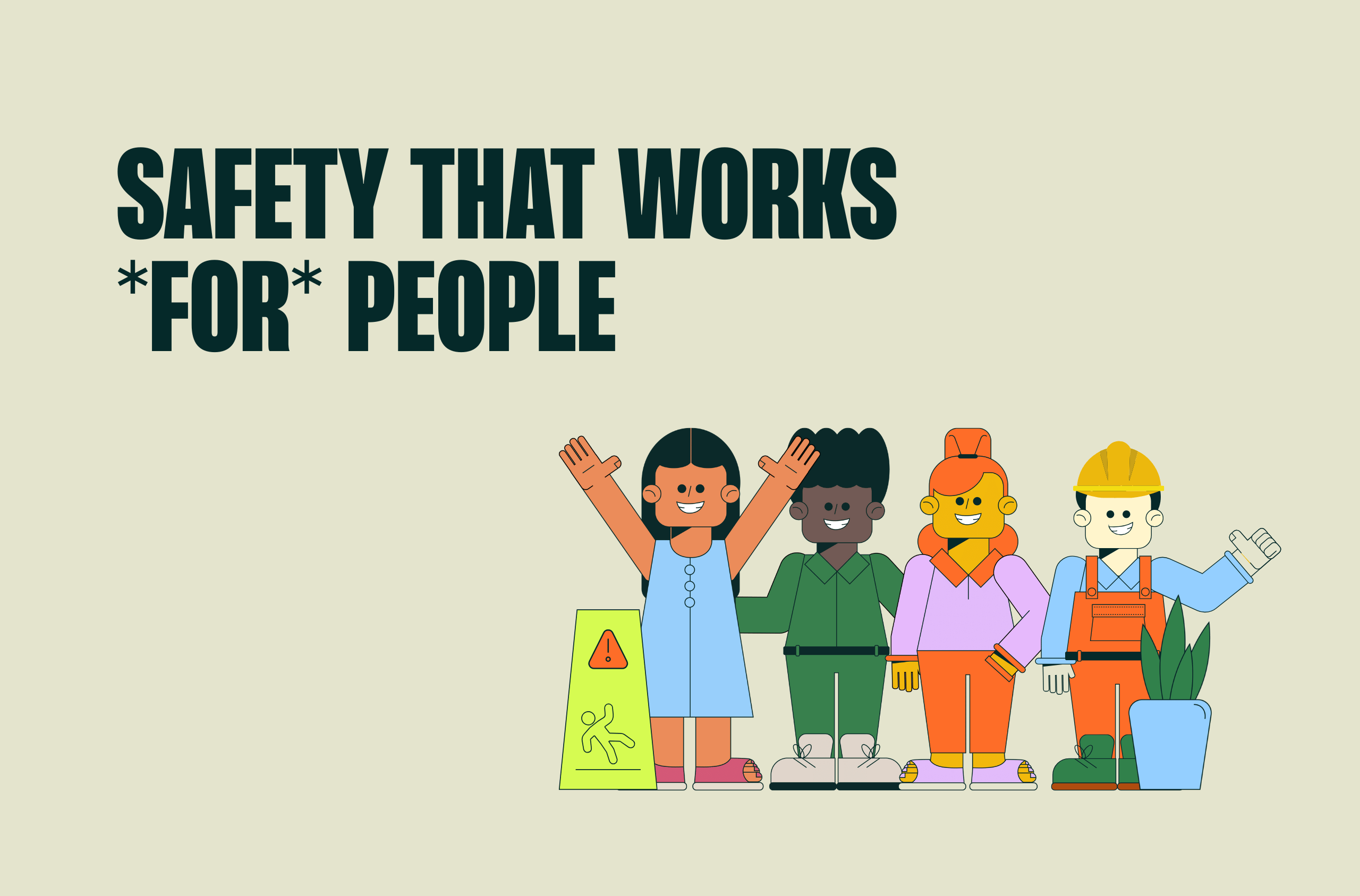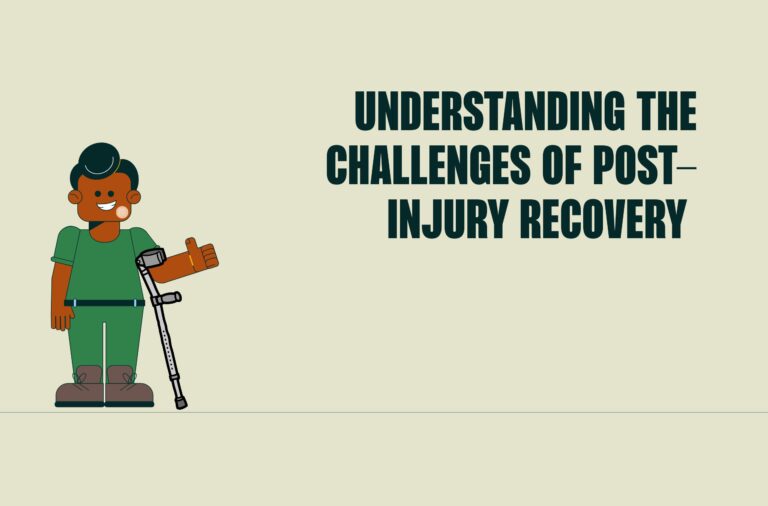
Why focusing on people matters
When you walk on to a site, you likely see machines, processes and paperwork. But most importantly, you see people. Individuals who bring their experience, their motivations, their fears and their ideas. If you build safety purely around checklists and policies, you might tick boxes but you may miss what really moves people to act, to speak up, to be safe.
A study of 672 employees in manufacturing found that when employees feel their relationship with the organisation is strong (termed “employee‑organisation exchange”), they are more aware of risks, more likely to communicate about safety, and more likely to participate in safety initiatives.
What this tells us is that safety systems work best when people feel part of them, rather than subject to them.
Seeing safety through the human lens
What does the person doing the job get out of the safety system? How do they feel when you ask them to stop a job, fill a form, or attend a training session? Do they see that you genuinely care about their welfare, or do they sense you’re just trying to protect the company’s bottom line?
Research into safety culture shows that safety communication is a critical mediator. When workers believe management is committed to their psychological wellbeing, when they feel psychosocial factors are considered (not just physical hazards), their safety behaviours improve.
So this isn’t “softer” work. It’s foundational. When people feel respected, trusted, and engaged, those intangible elements become real safety advantages.
What happens when you focus on the person
- Empowerment.
When a worker understands they have a voice, they are more likely to stop work when something doesn’t feel right. - Ownership.
If someone feels their safety matters not only to themselves but to the team, they communicate risks and ideas proactively. - Engagement.
Studies show employee engagement improves not only wellbeing but safety outcomes. For example, a review found a strong link between engagement and safety in health services.
How nice would it be to have a site where safety isn’t a nagging checklist, but something every individual feels part of and contributes to each day.
Practical steps you can take right now
- Ask and listen. Hold informal conversations. Ask, “What slows you down? What do you see every day that others don’t?” The answers might surprise you.
- Show genuine care. When you action a worker’s concern, make that visible and it builds trust.
- Speak to motivations. What matters to your team? Being home safe each night? Providing for family? Respecting their expertise? Use that language.
- Measure differently. Don’t just count incidents. Ask: how many people reported a near‑miss this week? How many suggested improvements? How many felt comfortable speaking up?
- Integrate wellbeing. Physical safety and psychosocial safety go hand in hand. A good safety culture is one where the mental load and the physical load are both addressed. The 2024 framework for health, safety and wellbeing shows these elements add strategic value beyond standard practice.
Something to reflect on
When was the last time you asked someone on the ground, “How is the system helping you?” Taking the time to check in can reveal insights you might not see in reports or metrics. When you focus on people, safety grows beyond compliance. It becomes culture, behaviour, and a shared sense of purpose.
And when that happens, you might see things you didn’t expect or hear things you didn’t plan for, and potentially capture safety gains far beyond the tables of metrics.
Share:


